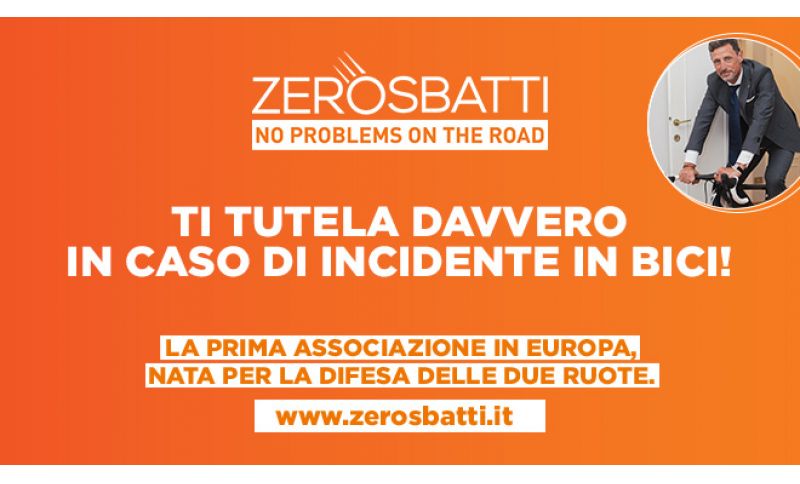

81 cyclists have died on Italian roads from January to the end of May 2025 and Italy is experiencing a new alarming increase in fatalities compared to the same period in 2024, when 68 deaths were recorded.
A macabre count, showing an increase of 19%, marking a further step backward in cyclist safety, as if more evidence was needed. These are the data transmitted by the ASAPS Observatory (Association of Police Road Safety Supporters): on average, a cyclist dies every two days in our country.
Monthly breakdown:
|
Month |
Victims 2025 |
Victims 2024 |
|
January |
12 |
10 |
|
February |
15 |
12 |
|
March |
14 |
13 |
|
April |
19 |
17 |
|
May |
21 |
16 |
|
Total |
81 |
68 |
With the arrival of good weather and increased bicycle use, especially in urban and tourist areas, there is a surge in May, which alone recorded 21 victims, the highest monthly figure so far in 2025.
Of the 81 cyclists who died in 2025:
- 76 are men, only 5 are women;
- 36 were over 65 years old, many of whom were struck while cycling for physical activity or daily commutes;
- In 12 cases, the accident involved a hit-and-run, a fact that confirms the prevailing incivility and behavior that often takes on criminal characteristics on the road.
The phenomenon shows a clear geographical concentration:
- Lombardy: 18 deaths
- Emilia-Romagna: 14
- Veneto: 9
- Piedmont: 7
- Tuscany and Lazio: 6 each
- The regions of Northern and Central Italy, more urbanized and with greater cycling mobility, are also the most affected, often due to the difficult coexistence between bicycles and motorized traffic.
Fatal accidents occur mainly:
- on urban streets without protected bike lanes;
- in conditions of poor visibility or lack of lighting;
- due to sudden turns, risky overtaking, or sudden door openings by motorists;
- smartphone distraction and excessive speed play an important role, two behaviors that cannot be eradicated.
In 2024, 204 cyclists died, and if the current trend continues, 2025 could end with over 230 deaths, becoming the worst year of the last five-year period.
The first five months of 2025 confirm that, despite legislative interventions, cycling in Italy becomes more dangerous every day.
We did not need these data, which for us at ZEROSBATTI are confirmation of what we see and manage on the roads every day, collecting not only accident victims but messages of help requests from cyclists who continuously face life-threatening situations from motorists who often have criminal conduct towards cyclists.
The growing spread of bicycles as an ecological, economic, and healthy means of transportation must necessarily be accompanied by structural public policies to ensure safety and prevention.
The numbers for 2025 speak clearly: the road to sustainable and safe mobility is still long, but we are still in time to change course.
The increase in cyclist fatalities must not become a tragic normality, it must not be accepted, and the alarm signal must reach institutions, administrations, and citizens.
Promoting cycling mobility means not only encouraging bicycle use but protecting those who choose it, investing in safe infrastructure, raising awareness among motorists and cyclists, strengthening controls and sanctions for those who put others' lives at risk.
Now we cannot turn our backs on these data, but above all on the help requests, and a collective awareness is needed that imposes respect for two-wheelers, as has already been done in countries like France, Spain, and not to mention those who have elected bicycles as the best means of transportation and sport for decades, such as the Netherlands, Belgium, and Denmark.
The Highway Code reform, we have been saying from the beginning, is inadequate, and unfortunately, these data prove us right. A more incisive norm is needed, taking inspiration from those who, like us, face this problem every day, listening to victims and concerned cyclists.
Safety must not be a luxury for a few, but a right for all. Every bike path or lane, every additional meter of protection can make the difference between life and death for a cyclist, but on the condition that they are adequate and allow training without additional risks or dangers.
Road safety is not an optional: it is a collective duty.


Se sei giá nostro utente esegui il login altrimenti registrati.